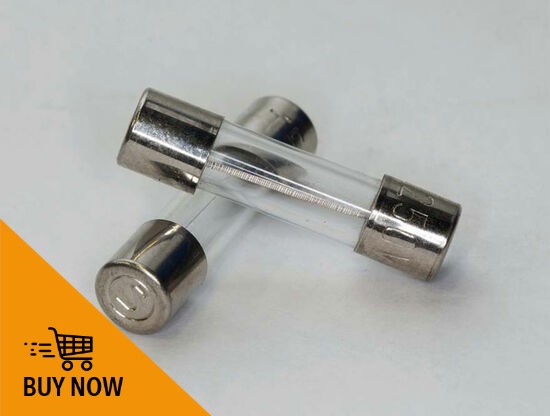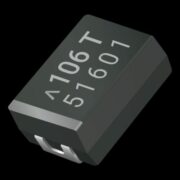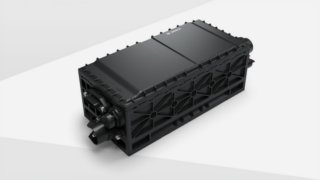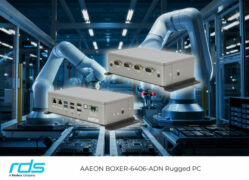Fuses protect the components in electrical circuits. If an overload or short-circuit occurs, the fuse triggers and opens the circuit. This prevents damage and keeps the cost of repairs down. Ideally, the shut-off characteristic is designed in such a way that the current is cut off before other components, such as the cables, semi-conductors or passive components on the circuit are damaged.
It follows therefore that a correctly-dimensioned fuse is the weakest link on the circuit. The thermal characteristic of the protected object is crucial; for example the electric cable, the wiring harness or the semiconductor switch in the connected control unit.
Instead of safety fuses or electro-magnetically triggered mechanical contacts, electronic fuses contain semiconductor switches along with their control logic including protective and diagnostic functions.
The characteristics of fuses
Safety fuses are single-use products. They conduct, protect, and separate in both directions of current. This bi-directionality is an advantage in circuits with loads that – depending on the operating status – are motor or generator actioned. This includes, for example, traction inverters, which are also able to brake regeneratively (recuperate).
On the other hand, electronic fuses can be triggered and reset any number of times. Due to the body diode, designs with a single MOSFET as the switch disconnect in only one direction of current. So, for bidirectional disconnection, two anti-serial MOSFETS need to be switched, which means a higher cost. Unlike safety fuses, electronic equivalents have their own power requirement. This needs to be taken into account for battery-driven devices in particular.
Cut-out behavior
Conventional safety fuses are characterised by stipulating the rated current and trigger behavior (sluggish, agile, super-agile etc.) In the case of electronic fuses it is possible to set flexible cut-out criteria. This includes:
- Pt spec (maximum load integral or melting integral),
- over-current,
- over-voltage or under-voltage at the fuse input,
- over-load (power) and
- over-temperature – ambient or in the fuse.











